Browse Exhibits (10 total)
Soviet Muslim Posters
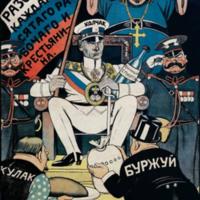
Visual propaganda played an enormous role in the history of the 20th century. In contrast to the 19th century, it was aimed not only at the educated classes of the mother countries but also at the masses in the colonies of the great powers, including vast territories in the east and south of the former Russian Empire. The posters created for Muslims (and with the participation of Muslims) between the two world wars in the Soviet East – in the Volga Region, in Crimea, in the Urals, in Siberia, in the Caucasus and in Central Asia – represent an enormous and as yet little-studied layer in the history of Soviet propaganda.
Introduction by Vladimir Bobrovnikov
See all Posters
Religious Boards of Transcaucasian Muslims in the Russian Empire, 19-20th centuries
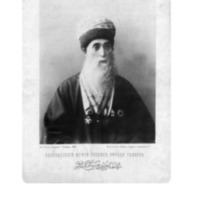
An anthology of documents reflecting the process of Islam’s evolution in the Russian Empire, in particular its institutionalization in the Transcaucasian provinces. They were drawn from the collections of the Central Historical Archives of Georgia (TsIAG) and the State Historical Archives of the Republic of Azerbaijan (GIAAR). The anthology consists of three sections. The first one contains drafts of the “Statutes” on governance of the Transcaucasian Muslim clergy and the relevant instructions and rules. The second section is based on statistical materials regarding the number of Muslim “parishes,” mosques and clergymen and data on changes in the personnel of the Religious Boards. The third one presents ritual texts and lists of religious writings that served as a guide for the clergy in resolving civil cases.
Formation of a Social Boundary (Teaching module)
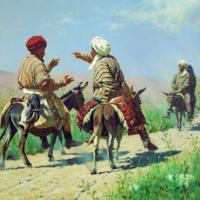
This teaching module examines the case of the National Delimitation Project in Soviet Central Asia in the 1920s and 1930s. Using the primary source materials from the RPI collection, students will learn:
- How relative deprivation contributes to the formation of social boundary
- How collective axiology helps establish a firm social boundary and facilitates the rise of categorical violence
- The connections between social boundary, power, and legitimacy.
Included is a description of theoretical concepts, case analysis, and bibliograhy.
Nation Building as Identity-Based Conflict (Teaching Module)
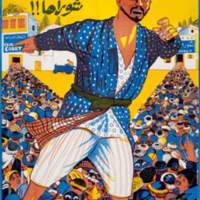
This teaching module examines aspects of the National Delimitation Project in Soviet Central Asia in the 1920s and 1930s. Using the primary source materials from the RPI collection, students will learn:
-
How dynamics of identity-based conflict affect nation building process;
-
How memories and practices of colonial power impact relationships between groups during post-colonial period;
-
What factors lead to the rise of local nationalism during nation building project.
Included is a description of theoretical concepts, case analysis, and bibliograhy.
The Rise of Islamic Insurgency (Teaching module)
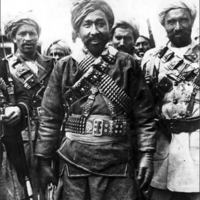
This teaching module examines the case of the Basmachi movement as Islamic insurgency in Central Asia in the 1920s. Using the primary source materials from the RPI collection, students will learn:
- What internal and external factors helped insurgency leaders to recruit local population;
- How the insurgency became a political movement;
- How inadequate government policies contribute to the rise of insurgency.
Included is a description of theoretical concepts, case analysis, and bibliograhy.
Containment of Islamic Insurgency (Teaching module)
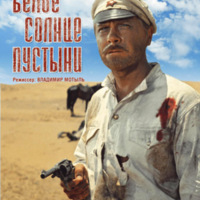
This teaching module examines the case of the Basmachi movement as Islamic insurgency and identity-based conflict, and its containment by the government in Central Asia in the 1920s. Using the primary source materials from the RPI collection, students will learn:
- What political, economic, and social factors influenced people to join the Basmachi movement;
- What economic and social policies were effective in the containment of the mass violence;
- How the acceptance of both Soviet laws and the Sharia helped in fighting with the Islamist insurgency.
Included is a description of theoretical concepts, case analysis, and bibliograhy.
Dynamics of Ethnic Conflict (Teaching Module)
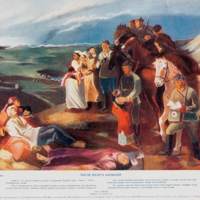
This teaching module examines the dynamics of identity-based conflict as presented in the following 4-C model (Comparison, Competition, Confrontation, and Counteraction) in Soviet Central Asia. Using the primary source materials from the RPI collection, students will learn:
- How specific policies contributed to the experience of relative deprivation among ethnic groups in Central Asia
- How competition for the control of resources or power contributes to ethnic tensions
- The role of the third party (Russian army, Soviet government) in the exacerbation of ethnic tensions in Central Asia?
Included is a description of theoretical concepts, case analysis, and bibliograhy.
Prevention and Management of Ethnic Conflict (Teaching Module)
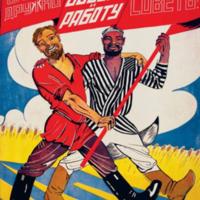
This teaching module examines the National Delimitation Project in Soviet Central Asia in the 1920s and 1930s as a means to overcome ethnic strife. Using the primary source materials from the RPI collection, students will learn:
- How providing more opportunities for self-governing among ethnic groups was used in preventing and managing conflict
- What was the role of economic factors in reducing ethnic tensions
- How development of smaller administrative units based on ethnicity contribute to conflict management
Included is a description of theoretical concepts, case analysis, and bibliograhy.
Russia: The Counterinsurgency State
Stephen Blank is Senior Fellow at American Foreign Policy Council
February 2017
The current war in the North Caucasus, in historical perspective (along with the ongoing war in Ukraine), represent the latest in an apparently unending centuries-long set of struggles over imperial “space” in and around Russia. Therefore the study of these wars sheds new light on older practices and paradigms and vice versa. Looking backward as well as forward allows us to see what has worked and what has failed in Russian counterinsurgency (COIN). Specifically, here we intend to reveal these ongoing paradigms in Muslim areas of the USSR, e.g. Central Asia and the North Caucasus by examining those practices of the 1920s in the light of the contemporary war in Chechnya that Moscow won but also in the light of the current struggle in the North Caucasus where no resolution appears in sight.
Imperial Management and Cooptation of Elites in Russia’s Wars: Past and Present
Stephen Blank is Senior Fellow at American Foreign Policy Council
July 2017
In the course of building and then losing an empire at least twice and striving again to recover at least some of its lost legacy the Russian state has acquired an immense amount of experience in what British analysts have called wars of imperial management, counterinsurgency, power projection beyond Russia’s borders, etc. One of the hallmarks of this historical experience is a repeated pattern of cooptation of elites in foreign territories and with it an unending tactical flexibility that exploits ethno-religious divisions among peoples on its periphery and even beyond to break up hostile or targeted states or at least to neutralize their ability to resist Russia’s strategies for advancing its national interest.
Featured Exhibit
The Rise of Islamic Insurgency (Teaching module)

This teaching module examines the case of the Basmachi movement as Islamic insurgency in Central Asia in the 1920s. Using the...